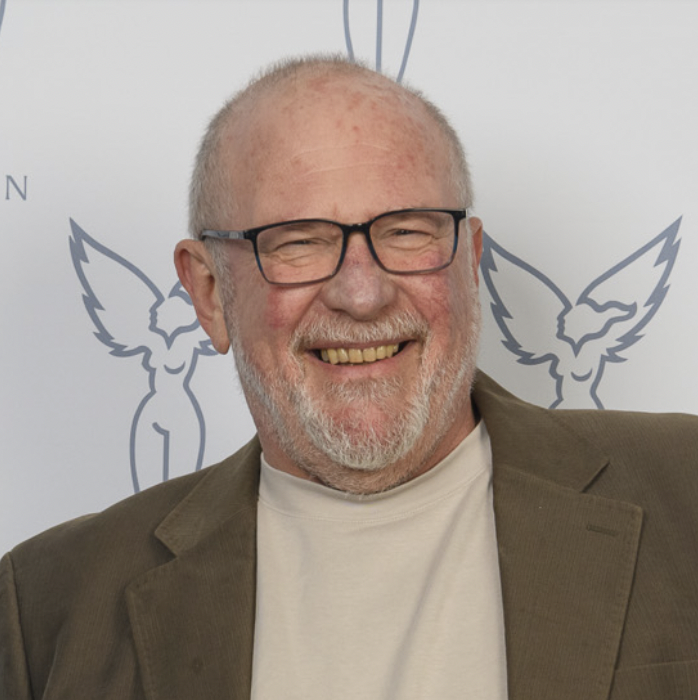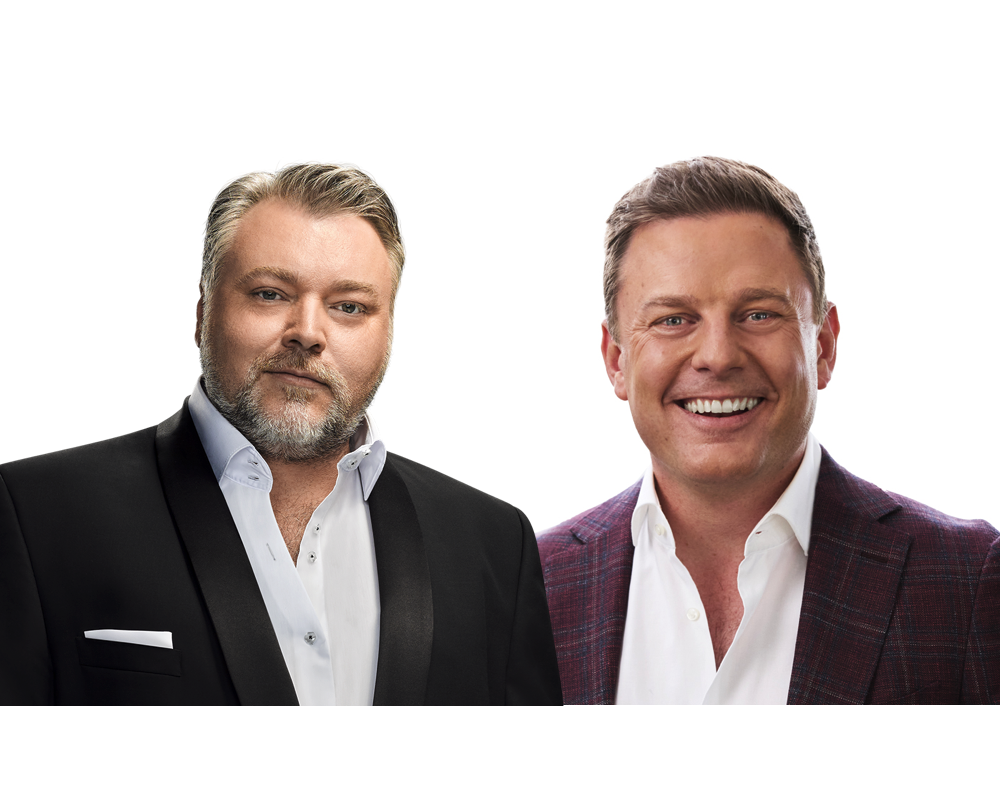Duncan Campbell chats with Peter Saxon –
In yesterday’s Survey 7, the great rivals, Kyle and Jackie O on KIIS106.5 and Ben Fordham on 2GB almost tied for first place in the Sydney Breakfast market. K&J on a 16.3 share, just pipped Fordham at the post on a 16.2 Both results are outstanding. But is it really a big deal to be number one, like the difference between Gold and Silver at the Olympics?
I asked ARN’s Content Chief Duncan Campbell that question as well as why ARN would choose the KIIS and Triple M brands for their duopoly while leaving GOLD and HIT to venture capitalists, Anchorage, to run should the proposed takeover of SCA proceed.
I also asked Mr Campbell about the healthy year on year rise in listener numbers released by CRA as we spoke. Wasn’t radio supposed to be dead by now? Hear his passionate response.
Listen to the discussion below or read the transcript below that.
Tomorrow we’ll post a similar line of questioning with NINE Radio’s Greg Byrnes.
TRANSCRIPT
CAMPBELL: Good book for us today, pretty pleased with it actually, to be honest.
SAXON: That’s a great rivalry that’s developed between Kyle and Jackie O and Ben Fordham. I’m told they’re best of frenemies .
CAMPBELL: Yes, they are, actually. There’s a lot of respect between the two of them. Very different, obviously, different formats and different audiences. But it’s a nice battle there.
SAXON: So, what’s it mean to be number one? Does it make any difference? Especially when there’s only a 0.1 share point in it.
CAMPBELL: I think being number one psychologically makes a difference. I mean, it’s nice to be number one rather than number two. And particularly when you serve up a number one overall. That’s always been the advantage 2GB’s had – it’s been number one in breakfast. So,I think the overall position is, it’s just a psychologically better position to be in ‘ number one’ as they say.
SAXON: Does KIIS have any crossover audience with 2GB.
CAMPBELL: Very, very little, if any. I mean there’d be some, but there’d be very, very little.
SAXON: And what are main stations that you have crossover with?
CAMPBELL: With 1065? The primary audiences it shares are with 2DayFM and NOVA. Then you go to WSFM and Triple M . Most stations would share audience with up to 3 or 4 other stations.
SAXON: Now, of course, you guys have been making big news just lately with this proposed takeover of SCA. If that goes ahead, we’re told that ARN would keep the KIIS network and the Triple M brand while the venture capitalists would be left with HIT and GOLD networks. What do you see as such a strength in the Triple M brand that you would cut talent such as Christian O’Connell and Jonesy and Amanda adrift?
CAMPBELL: I think in terms of the desire to pick up a complete network versus the GOLD network, which is incomplete for us. So that’s a major advantage there. Also it has the sport which is desired by advertisers . So there’s a couple of key advantages there, for us.
SAXON: Today’s audience growth figures released by CRA – have you seen them? They’re great news for the industry .
CAMPBELL: No, I haven’t seen them actually.
SAXON: (They only just came out). Well, apparently, Radio Survey 7 shows a 50,000 jump in commercial radio listeners to 12.12 million year on year. So, in this past year, we’ve added 50,000 listeners, and a lot of them are in younger demographics, too. So, it seems that this idea that we’re losing younger audiences to other platforms is not quite true. What do you think
CAMPBELL: Well, I think we’ve had challenges in the younger end obviously over the years. And that’s always been the case. I mean, the adult listening really remains strong. But we’re seeing a bit of a, I won’t say a resurgence because that’s probably a slight over exaggeration. But we’ve seen audiences moving back to, for example, TikTok Trending was one of our best performing stations. It’s a youth format. CADA’s got some sort of consistently strong numbers as well. I mean, I think that, to be honest, that the myth that surrounds radio and its future is full of inaccuracies.
The medium is very strong. It’s very relevant still, because there’s this one-on-one connection that happens between the personalities on radio, whether they be music personalities or breakfast personalities, it doesn’t exist in any other medium. And people tend to forget that it’s not just about the music, it’s about the connections between the personalities that present the music and the breakfast shows. Radio, for me has always been a medium that evolves very effectively with the times. And when new technologies emerge, we adapt and evolve as well. And it’s been strong, and continues to be strong. And as demonstrated by these CRA numbers, it’s as strong as ever.
So, people need to get over the idea that radio’s going to be dead in three years because I was told that back in 2010 and we’re still alive and well. And we’re going to be here in three years’ time and in 10 years’ time,
SAXON: I think radio was told that it was dead in 1957 when they introduced television.
CAMPBELL: Yeah, I was told in my first meeting with the digital guys who came back to the U.S., and they stood in front of the boardroom at ARN, and said, “Well, radio will be dead in three years.” And within five minutes I excused myself from the meeting, and after the meeting Ciaran (Davis, ARN CEO) came and said, “What’s the matter?” I said, I’ve just come out from the UK to pick up this role. I’m not going to sit there and be told the radio industry will be dead in three years. I mean, I’ve heard that before. I’ve heard that throughout my whole career, and we’re still here. And I can guarantee you in three years’ time, we’ll still be here. So, I’m not going to waste my time.
SAXON: I’m guessing your contract only ran three years …
CAMPBELL: But you know I get very passionate about this because I think the industry is strong and we deliver big audiences. Admittedly it’s not as targeted as the, as the digital audio audiences. But it’s still one of the few mediums around that can deliver big audiences for advertisers. And they’re loyal audiences driven through the connections they have with the personalities they listen to.
Note: This transcript has been edited for clarity.

Peter Saxon, Managing Editor

